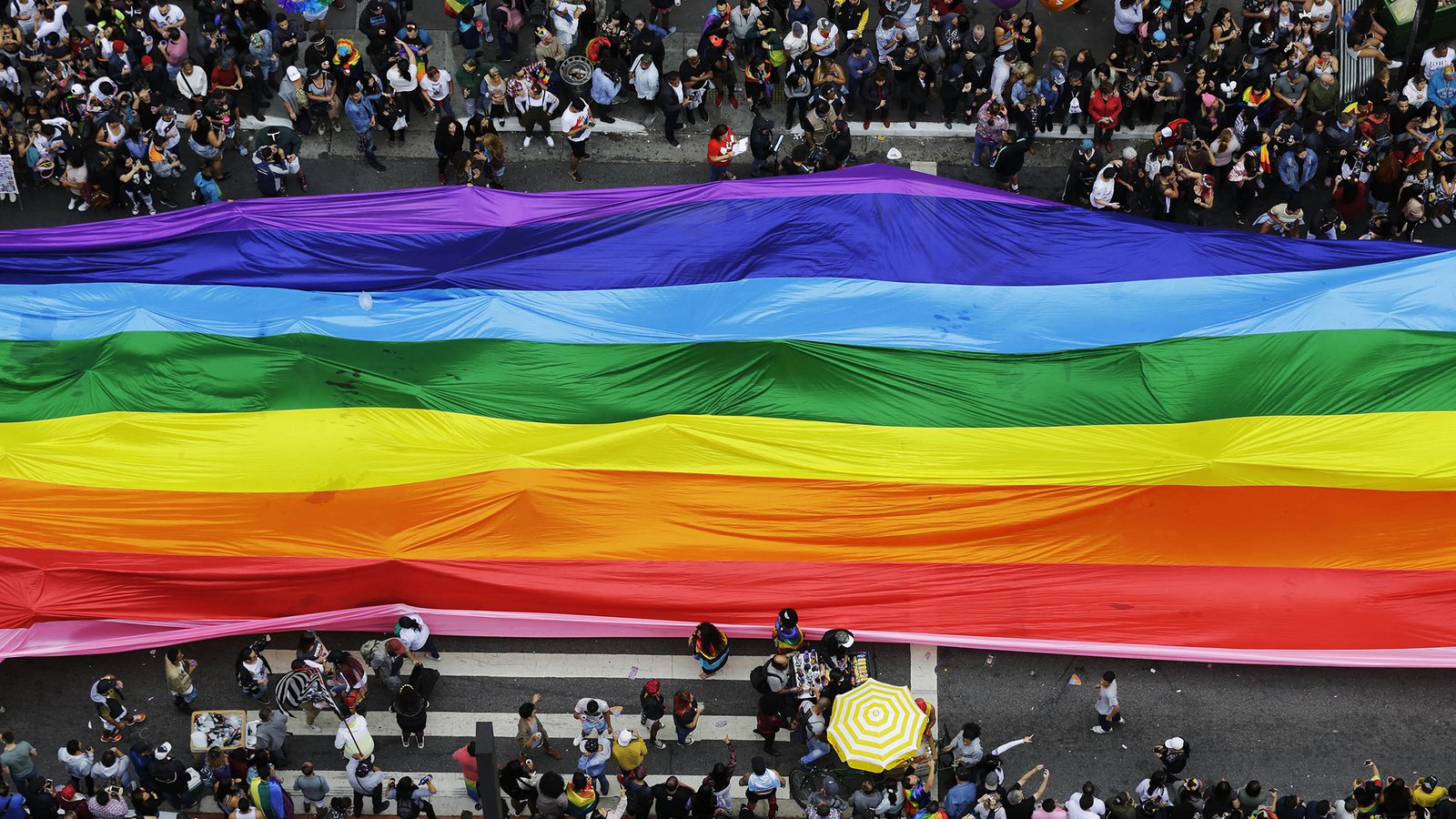Recently I saw a poster on the internet in the women’s restroom of the Queensland University of Technology (Australia) with the words: We all need to pee. The poster startled me, why do we need to talk about a right that belongs to our basic human needs?
We all need to go to the restroom every day, obviously. But as the poster mentions, the LGBT+ community (lesbian, gay, bisexual, and transgender) are often discriminated against and even humiliated by others, as some consider them unsuitable and are not allowed to use men’s or women’s restrooms in public places.
The act of discrimination in public toilets is an act that hurts deeply to the LGBT+ community. There is no compelling explanation for when a person is rejected simply because others consider them to be sex-unmatched when biologically they are completely compatible. There is also no satisfactory explanation when a person is deprived of the right to fulfill the basic human need of going to the toilet safely. Such a cognitively misleading and infringing way of human rights is unacceptable at any level, yet some society is still holding up the sign that denies a person basic need, just based on the fact that they are a part of the LGBT+ community.
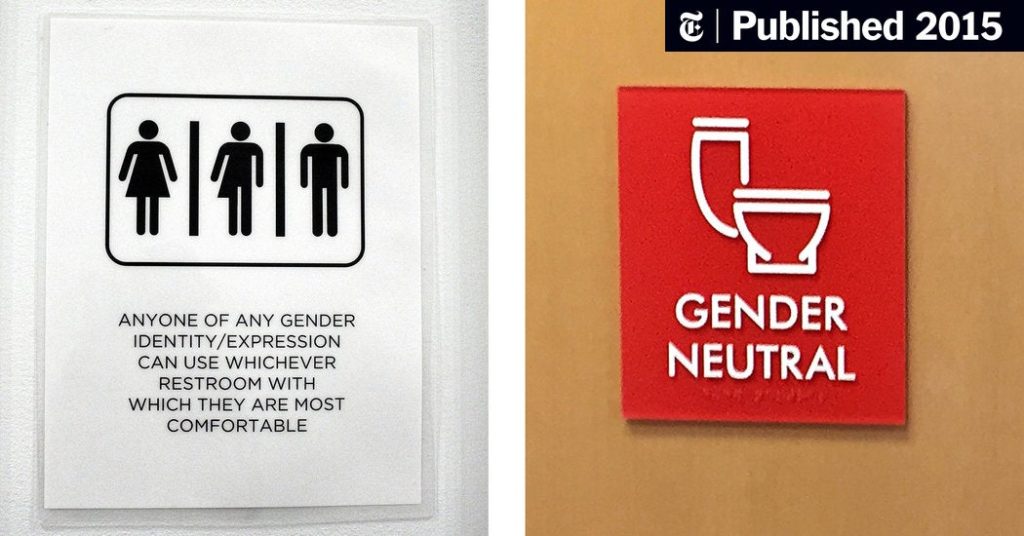
The campaign “Everyone needs to go to the toilet” was launched and responded to by student unions and spread to many cities and countries around the world. Some universities and business districts are also beginning to transition from men’s or women’s restrooms to all-gender restrooms (using universal toilets or neutral-gender toilets). Signboards with symbols and words stating toilets for all genders have helped many people sympathize, accept, and be more open to the LGBT+ community around them. Because simply, everyone needs to go to the restroom and everyone has the right to use the toilet, regardless of what gender they are.
When The Protection Of The LGBT+ Rights Movement Is Labeled “Overreacted”, Why Are We Still Talking About It Now?
Along with the development of society in general, the LGBT+ community is becoming more and more public. The attitude of society towards the community has also been much more positive than it was about decades ago. Since then, there are many opinions raised by individuals from around the world that the LGBT+ community is equal to everyone else. Therefore, they do not need to fight anymore, should not be “overreacted over it” and organize pride parades. Although it is true that society’s attitude towards the LGBT+ community overall is becoming more and more positive. However, stigma and discrimination are still there and even worse in so many countries across the world.
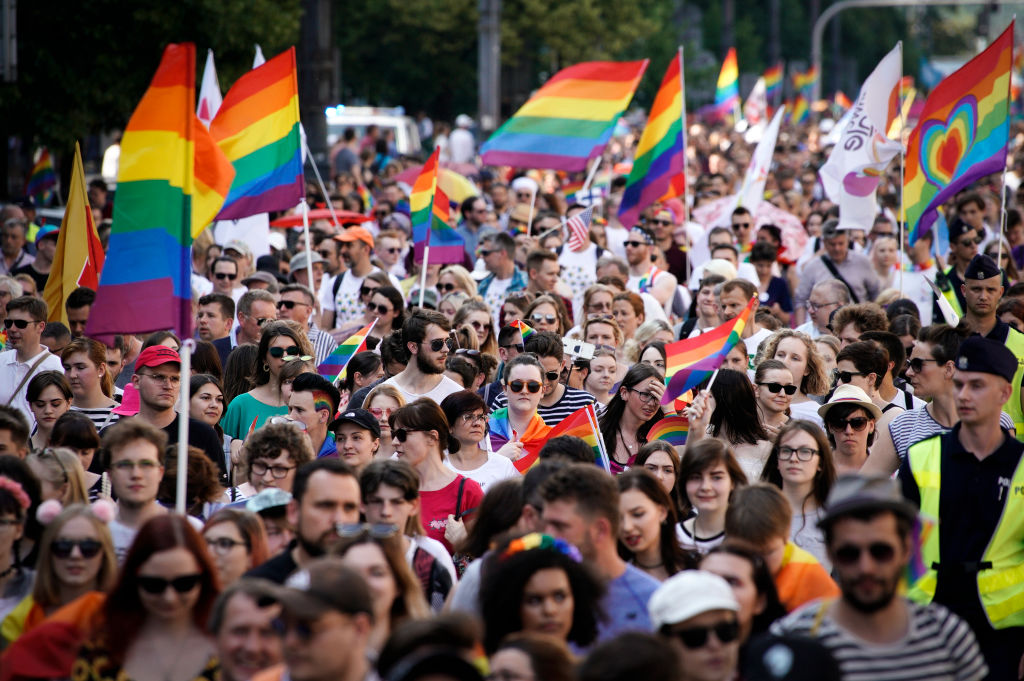
Currently, there are still 69 countries in the world that criminalize same-sex relationships, of which, 11 countries apply the death penalty. In Brazil, the number of LGBT+ people dying from beatings, stigma, and discrimination hit a record high in 2017 (according to The Guardian). Even in developed countries, violence is still prone to happen: The mass shooting at the Pulse gay club in the US in 2016 is considered the deadliest mass shooting in the history of the country at that time.
The most extreme case of all developing countries must have been Poland. When authorities of many towns of the country and even the president himself firmly say “no” to homosexuals, believing that they are destroying family values. Within over a year, hundreds of regions across Poland, accounting for about a third of the country, declared themselves a “gay free zone”. The situation is even worse when homophobic slurs are preached in churches or in the media. “This is a witch hunt with us being the victims. We are seen as second-class citizens and enemies of society,” said Bartosz Staszewski, Poland’s most prominent LGBT rights activist.
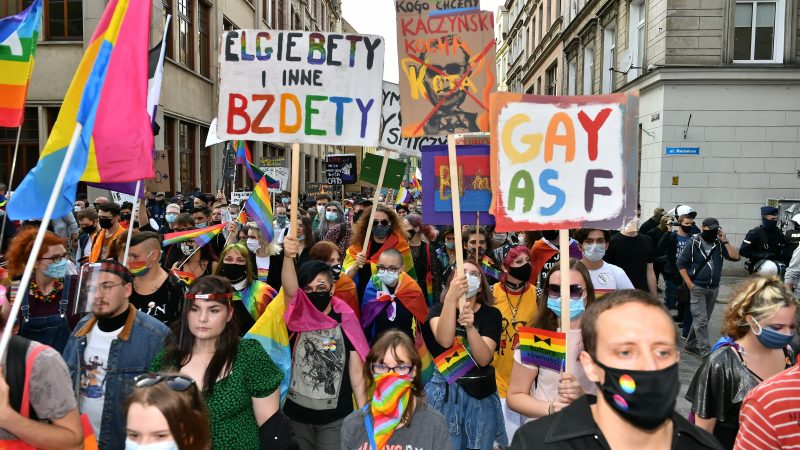
The right to marry and to be protected by law is a basic and most obvious right for heterosexual couples, yet it is something that same-sex couples are still working hard to achieve. Currently, only 28 countries and territories have recognized this right (according to internap.hrw.org). As a result, the LGBT+ community is one of the weakest and most vulnerable in society. The suicide rate of homosexuals and bisexuals is 3 times more likely than heterosexuals (according to Reuters). More than half of transgender men and 29.9% of the number of transgender women in their teens in the United States have ever tried to commit suicide.
Therefore, there is nothing “overreacted” to them for fighting for their equal rights. On the contrary, it is absolutely necessary to increase the presence of the community as well as reduce discrimination that still exists in society. That’s why Pride parades are still taking place every year across the world and are attracting more and more attendees.
The LGBT+ Acronyms Are Increasing, Is This Necessary?
Recent debates on gender diversity and sexual orientation have opened up a series of “new concepts” about the LGBT+ community. The more they learn, the more confusing it is as many people begin to discover the usual term LGBT gradually becomes LGBTQ+, LGBTQIA+, even LGGBDTTIQQAAPP. The last plus + sign represents the minority groups in terms of gender and other sexual orientations, demonstrating the diversity of the LGBT+ community.
Back in the 80 when the movement for the LGBT+ community just started across the world. At that time, the term “gay” represented homosexuals in general. In the mid and late 80s, the movement for the rights of lesbian and bisexual groups grew stronger, marking the birth of the term LGBT, which refers to a sexual minority. It was not until the 90s that transgender people were introduced to the letter “T”. The abbreviations for the new characters also gradually followed. In particular, the abbreviation “Q” of the word “Queer”, which implies discrimination against the LGBT+ community is gradually becoming more popular with neutral shades.
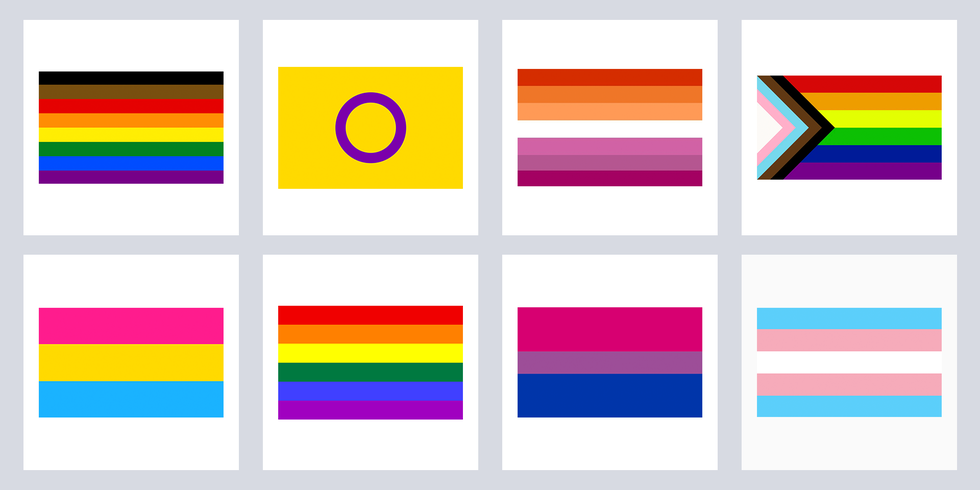
The appearance of these names shows that society is aware of the existence of diverse senses of identity, including gender identity, sexual orientation, and gender expression. More broadly, it’s nonconformity in every respect. From there, people who have something in common gather into a community, where they acknowledge and identify themselves. It can be said that the two main factors that form identifiers are:
- Personal awareness
- Community connection.
These are also the two important factors that demonstrate the value of LGBT+ names and their influence.
Why Do People Still Unconsciously Discriminate Against Homosexuality?
Recently, media from all over the world have shown an openness and welcoming view towards the LGBT+ community through their TV programs, newspapers, social networks. Young people are also gradually becoming curious and beginning to learn more about the topic of gender.
However, somewhere along the line, there are still conflicting opinions on the topic. Some even openly marginalize and outwardly deny the rights of the LGBT community, like when Polish president, Andrzej Duda openly called out the LGBT “ideology” as “worse than communism”. For some people, the discrimination signs still come as very subtle. They are simply annoyed or uncomfortable whenever the topic of homosexuality comes to the table. But even they themselves can’t understand why, so what are the signs, and where does all of this come from?
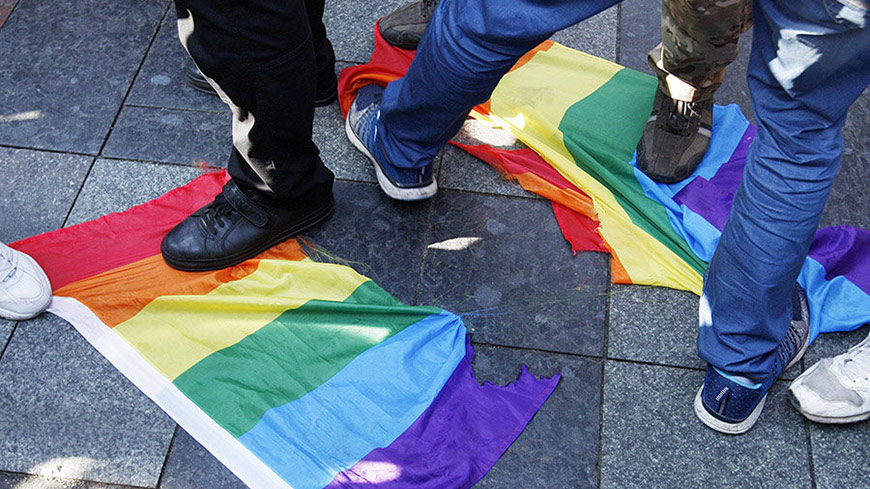
Homophobia is a term that demonstrates the fear, hate, aversion, or discrimination against homosexuals. The object of discrimination is not only for other people, but also for ones that still carry a stigma against themselves due to the influence of social stigma upon their environment. Here are something that you needs to keep in mind before reading further about this behavior:
- Homophobia includes feelings of fear, hatred, discomfort, and distrust.
- As mentioned before, anyone can be homophobic, even a person that is a part of the LGBT+ community.
- Can lead to extremes.
- Homophobia can seep in deeply upon a person’s unconscious mindset and behavior (or what some scholars call internal homophobia).
From a psychology point of view, there is an existence of many forms of homophobia, including internalized fear of our very own sexual identity (internalized homophobia) and rationalized fear of homophobia (rationalized homophobia).
Fear of our very own sexual identity (internalized homophobia): is the aversion, fear, shame, and worry of a person about the homosexual feelings in themselves because of social prejudice. This feeling makes them wonder heavily about themselves or disapprove of their own sexual orientation out of fear and internalize confusion. This behavior can be considered as a form of cognitive dissonance when a person holds within themselves 2 very conflicting points of view. Because people tend to seek the best consistency in attitudes and perceptions, this conflict causes discomfort in themselves. On the one hand, they have an interest in people of the same sex. On the other hand, they want to adapt to the mentality of seeing everyone as heterosexual, and heterosexuality is the norm of society.
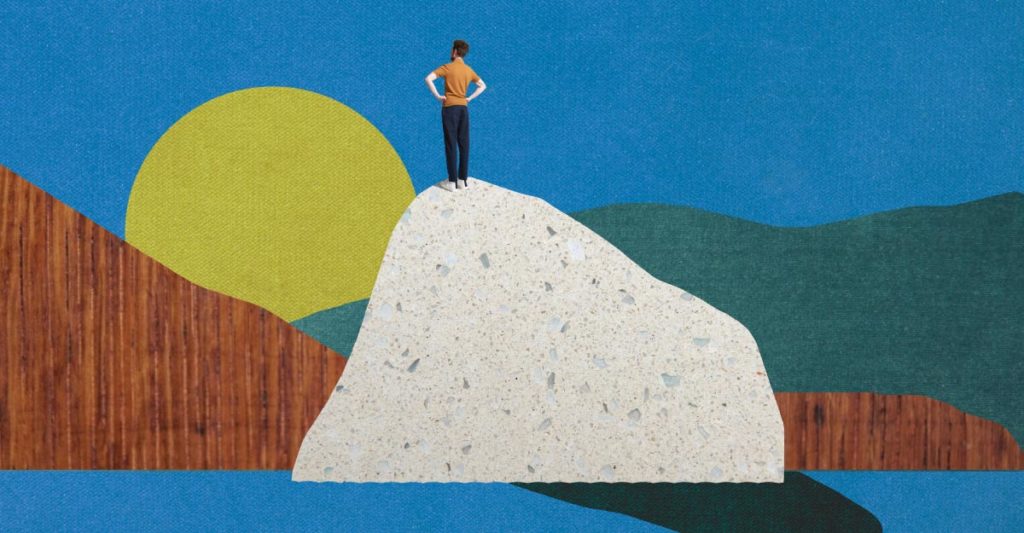
Rationalized fear of homophobia (rationalized homophobia): is not just about being aggressive with homosexual people. It is also an uncomfortable feeling around homosexuality that even the individual who discriminates can’t even understand the reason. Social psychologists have done a lot of research on the emotions of fear and disgust that distort our judgments of reality. Instead of judging homosexuality by its nature, we unconsciously associate it with a kind of danger. This is called the “fight or flight” mechanism, which helps our survival in the process of evolution (like running away when you see a dangerous predator).
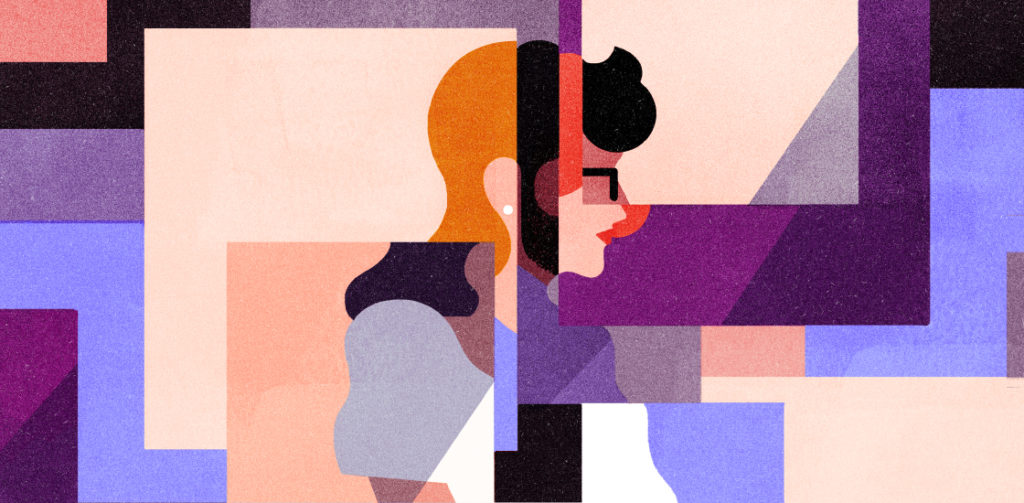
Besides the “fight or flight” mechanism, there is also another psychological phenomenon to explain the stigma. In his study, psychologist Jonathan Haidt asked study subjects if it was ethically wrong to tear up the national flag and flush the pieces down the toilet at home. Those who say it’s wrong can’t easily explain why. Similarly, people often disapprove of consensual sibling sex but are unable to answer why it’s wrong.
Psychologists call such feelings “moral intuitions”—unconscious judgments rooted in emotions or what we are taught and often associated with aversion. Haidt says that people relate to their emotions to help them decide what to believe. When your perception of reality is dominated by strong emotions, it creates a cognitive bias. This explains the negative conclusions about gay people and why so many people hold on to this idea, even though there is nothing to prove it.
Rate your own level of homophobia
Let’s play a fun game that I would like to call: “What level of homophobia are you in?” Try to be honest with yourself throughout the process, don’t deny the instinct feeling.
Negative attitude
- Burn all the witches: All gay people should be stoned to death.
- Disgust: Homosexuality is considered a crime against nature. Gay people are sick, crazy, guilty, immoral, evil, etc… Do whatever is reasonable to change their sexuality, including giving them places for treatment: prison, entry hospital, or referred to behavioral therapy or shock treatment.
- Pity: Heterosexualism. Heterosexuality is a more mature approach to homophobia. Every gay person needs help from society to be “straightened” and everyone who is born gay should be pittied and sympathized.
- Tolerance (but with a twist): Homosexuality is just a phase of adolescent development that many go through and thrive on. It is for this reason that lesbians, gays, and bisexuals are less mature than heterosexual people and should not be placed in government positions because they are still engaged in immature behaviors and childish arguments.
- Acceptance (but not really): Still implies that “this” must be accepted because “gay is also human, etc”. Denying social and legal reality while ignoring the pain, invisibility, and stress of many openly gay people have to go through their entire lives.
Now that we are done with the negative part, how about the supportive side of the LGBT movement. Be honest with yourself, how supportive are you in the fight against homophobia or your own homophobia?
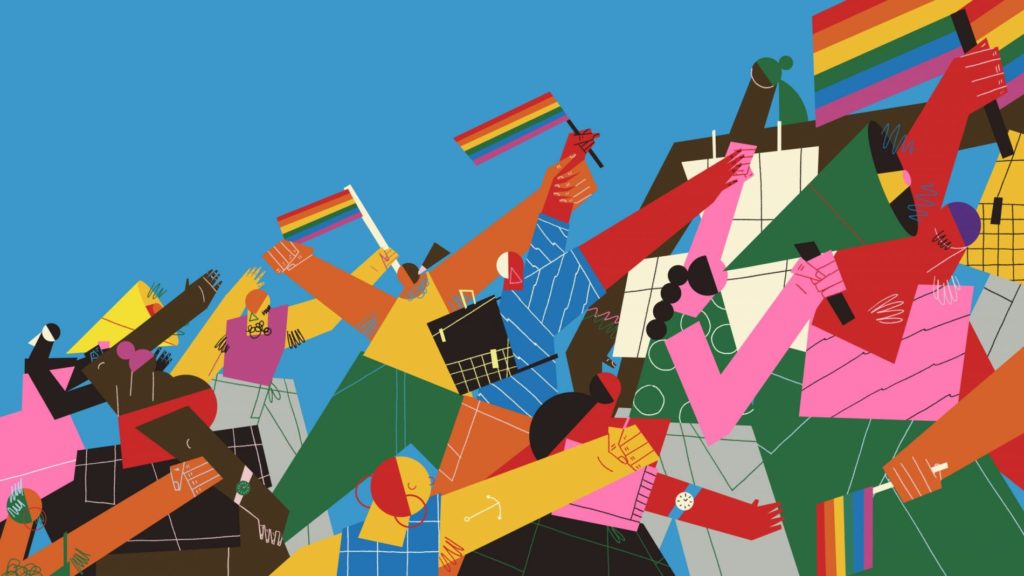
Positive attitude
- Support: Working to protect the rights of people in the LGBTQ+ community or one of the communities. You may not be comfortable with yourself, but you are aware of the social environment and irrational injustice.
- Admirable: Recognizing that being LGBTQ+ in these times takes extraordinary strength. Such people are willing to really look at themselves and make amends on their own homophobia.
- Appreciate: Appreciate the diversity of people and see LGBTQ+ people as a worthy part of it. These people are willing to fight homophobia in themselves and in others.
- Caring and loving: Knowing that people from the LGBTQ+ community are indispensable to society. See all homosexuals as having genuine feelings of themselves and others; happy and ready to support those who are openly expressing their sexual identity.
Consequences Of Homophobia And What Should We Do To Prevent This From Happening
This irrational fear is the premise of stigma. This is also a possible cause of psychological problems for stigmatized people (about 46% of those surveyed indicated an increased risk of depression). Children and adolescents are vulnerable to the negative effects of stigma. Consequences include:
- Prevent intimate connections with others.
- Limit contact with family.
- Reduced self-expression due to being limited to gender roles.
- Can lead to false gender representation to prove that they are not gay, such as acts of violence, substance abuse, alcohol.
- Impede diversity.
- During adolescence, feeling belonging and accepted by a group (family, friends) is very important. Being rejected by the group can cause the individual to have problems admitting oneself.
- Leads to self-limitation and exclusion, contributing to an environment of discrimination and violence.
So, how to get rid of these fears?
- Open to dialogue and not afraid to debate this issue, while pointing out the importance of human rights.
- Homosexuality is a fact. Therefore, it is advisable to talk to the family about this topic, discuss it at school with everyone around for the purpose of raising awareness.
- Encourage gay people to talk about their feelings, support them in accepting their gender identity, and remind them that there is always support from family or professionals.
- Actively seek knowledge about other genders which can lead to both increased understanding of the LGBT+ community while reducing unfounded fears towards them.
- Each individual has to question themselves and be aware of how hurtful what they say and do towards homosexuals. Do not joke, throw hostile comments, and be careful in choosing personal pronouns when talking to any individuals.
LGBT+ Right Is Human Right
On June 27, 1970 – the 1st anniversary of the Stonewall Uprising, a small march was held from Aquatic Park to downtown San Francisco. That same day, the Chicago Gay Liberation organized another march in the city of Chicago. These are the first two Pride Marches in the world. Since then, America and the post-Stonewall world witnessed positive changes for the gay community: The 6-color flag was born, countries legalized same-sex marriage in turn, transgender rights were recognized in many countries.
Flash forward to 50 years from that moment. In the past decade, 2010-2020, the LGBT community’s rights movement has become stronger than ever. Community individuals don’t just want to be recognized by society, they want to actually be part of it and be respected. They are proud of themselves because they are willing to accept the stigma and prejudice from around them to identify themselves. Recognition will be the most meaningful thing that the LGBT+ community has felt in the last 50 years. So many people have reached out to one another within the community, it gives them a sense of security, of being loved, being seen, and being heard, no more invisibility or being hidden.
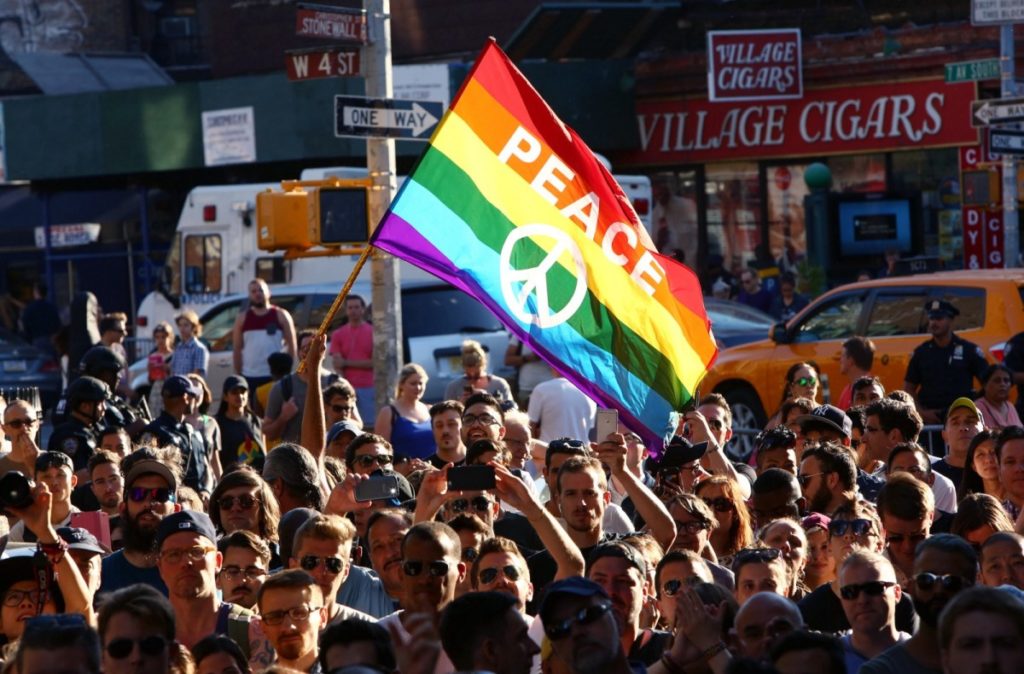
If we see a community as a human being, what makes it grow will be its core values, knowledge, character, discipline, life goals, and relationships. Like human life, the LGBT+ movement is still growing and expanding. Things may have been better here and there, but we are doing everything we can within the ability and the time we have. And at the end of the day, that is all that matters, like any human on this planet, we do the best that we can.
IVolunteer International is a 501(c)3 tech-nonprofit registered in the United States with operations worldwide. Using a location-based mobile application, we mobilize volunteers to take action in their local communities. Our vision is creating 7-billion volunteers. We are an internationally recognized nonprofit organization and is also a Civil Society Associated with the United Nations Department of Global Communications. Visit our profiles on Guidestar, Greatnonprofits, and FastForward.
